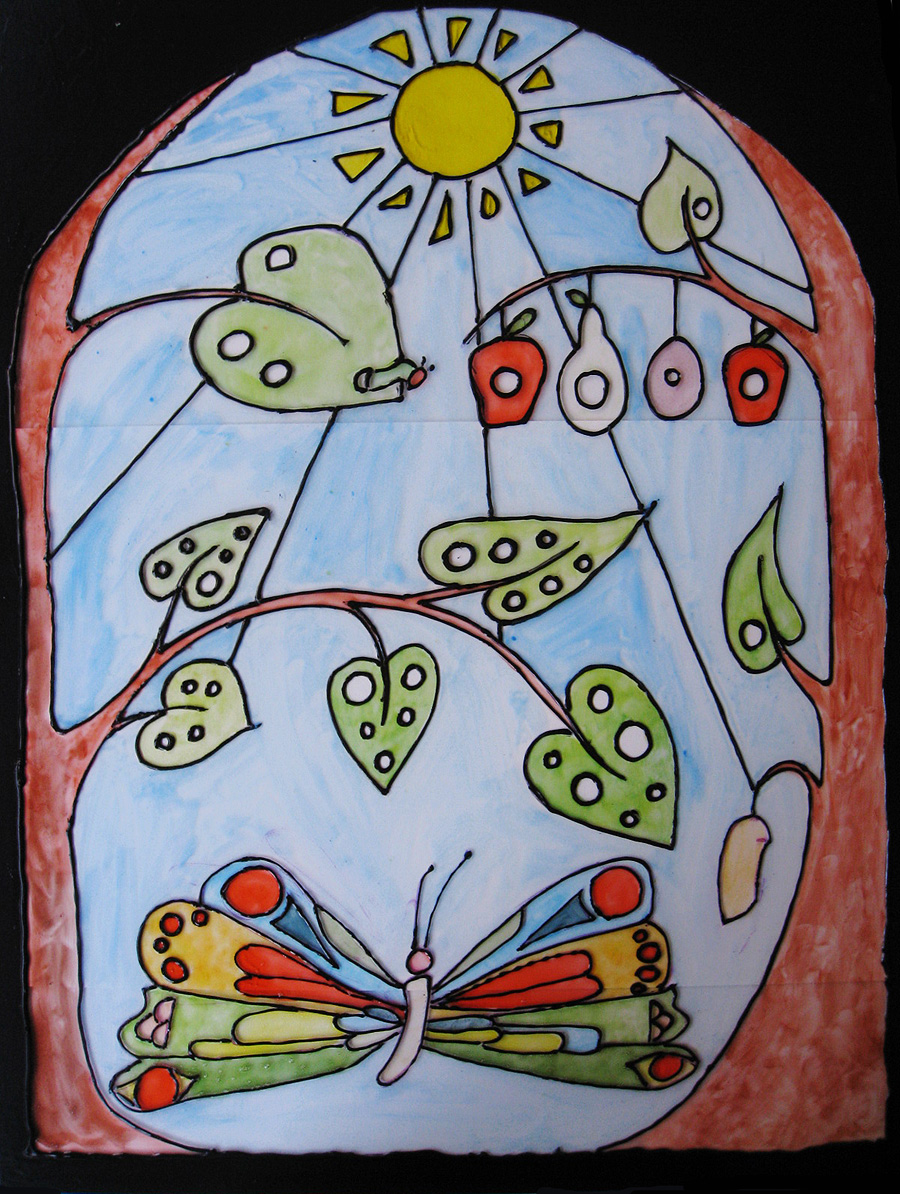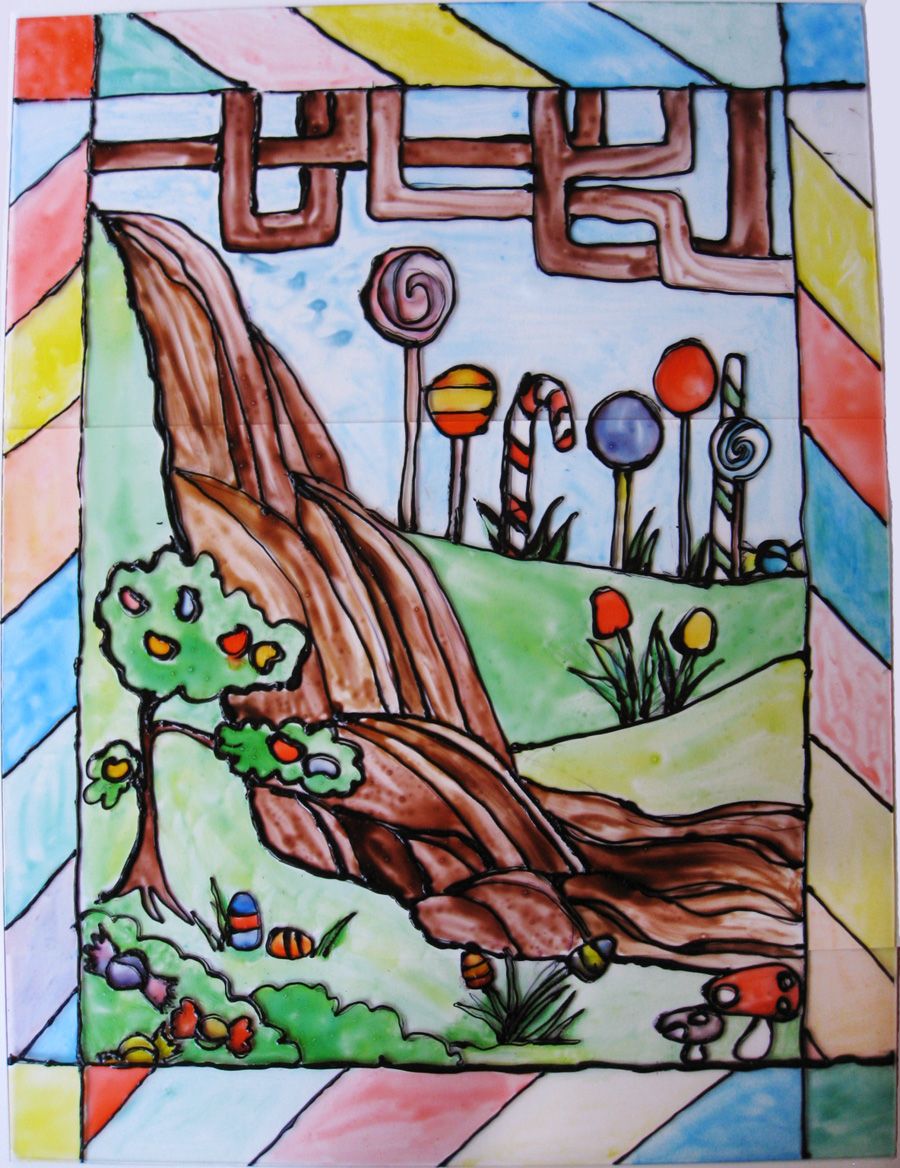Reviewer: Emera
Err, couldn’t think of a semi-clever conglomerate title for this string of short story reviewlets, but onwards!
—–
Jeanne Desy‘s “The Princess Who Stood On Her Own Two Feet” (1981; read 4.19.10) is an obvious but not uncharming feminist fairy tale about a tall princess, her faithful (talking) Afghan hound, and a prince with questionable values.
For a bit of background, this apparently first appeared in Ms. magazine in 1981, became quite popular, and has since been frequently republished. Also, someone pointed me to it when, on behalf of a friend, I was trying to find out the title/author of a story (not this one) about a prince who thinks he’s a dog, and ends up having to be wooed by a princess who also thinks she’s a dog. If anyone’s read that one, let me know! The source remains elusive – the friend’s not even sure if it’s a short story or a side episode within a longer novel.
—–
Kelly Barnhill‘s “Homecoming” (2008; read 4.4.10, from Underground Voices) is a vignette about return from war, and small mercies. The prose often feels over-labored (“They tilted their faces to the ground and held their weapons weak, as though they were a great weight that they alone must bear”), but I like the earthy little details of the moment of hedgewitchery on which the story turns.
Go to:
Jeanne Desy
Kelly Barnhill
Tales of madness and depravity
.jpg)

